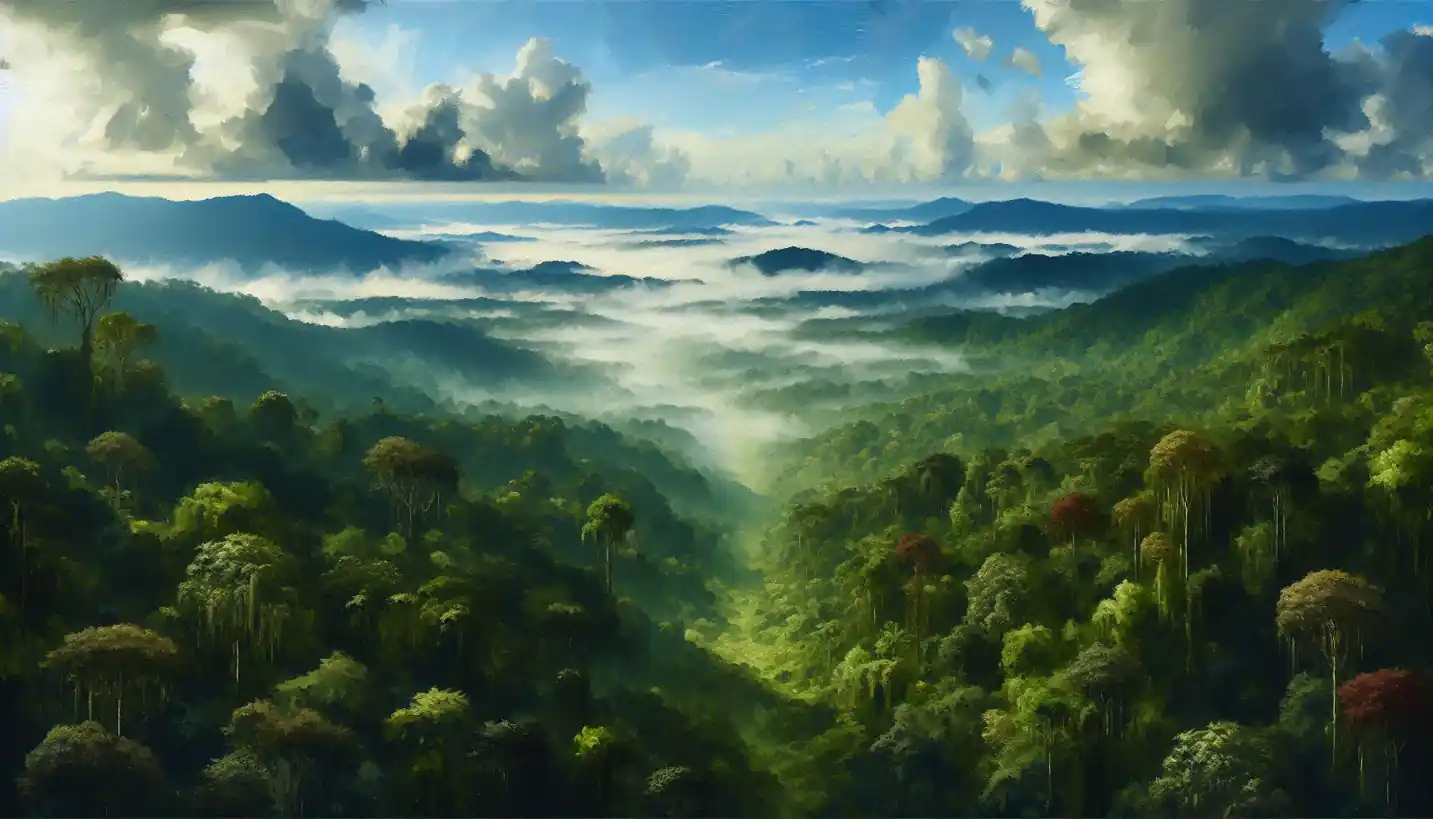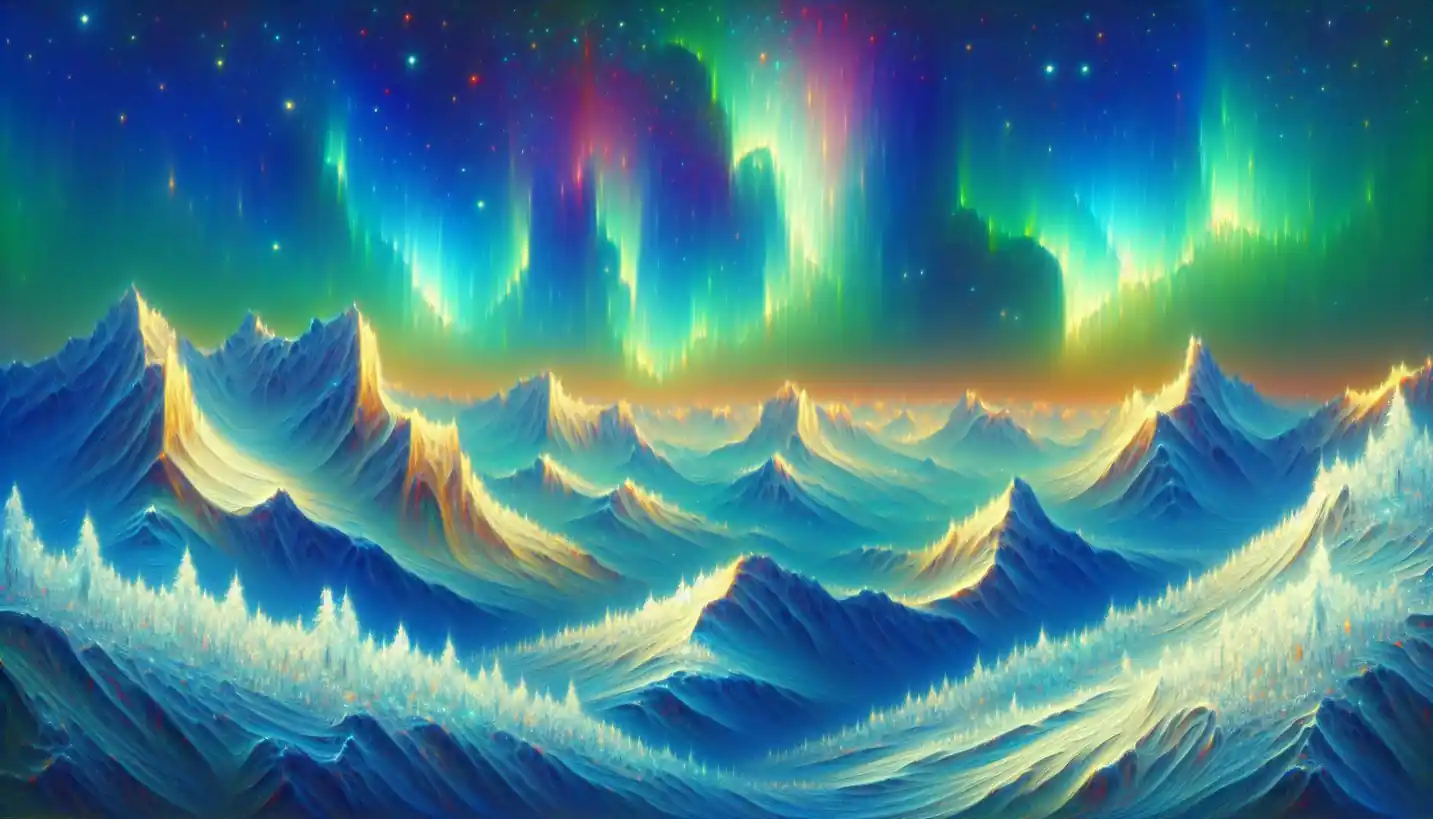· Earth Science · 4 min read
Basaltic Volcanism: Nature's Fiery Sculptor in Planetary Geology
Discover basaltic volcanism, nature’s powerful sculptor, crafting Earth's surface with rivers of molten rock.

Volcanism might sound like a daunting topic, but picture fiery, molten rock spewing from Earth’s surface, shaping landscapes, and even creating new ones. This fiery process is what we call volcanism, and when basaltic rocks are involved, it gets even more intriguing. Imagine these compositions not just on Earth, but spread across other planets, painting a grand picture of cosmic geology.
What is Basaltic Volcanism?
Basaltic volcanism refers to volcanic activity that produces basalt, a dark, fine-grained rock that forms when lava cools quickly. This kind of volcanic activity is particularly common on Earth and other rocky planets in our solar system, including Mars and Venus. These planets boast extensive basaltic landscapes, and even the Moon wears basalt icing in its vast, dark plains.
The Lava that Pours Like Honey
Unlike explosive volcanoes that make headlines, basaltic volcanoes usually ooze lava that’s as fluid as honey. This type of lava is runny because it’s low in silica, a compound that makes other lavas thick and pasty. The rapid flow allows it to cover large areas and form wide, flat layers, creating shield volcanoes. Imagine a warrior’s shield laying flat on the ground, and you have a picture of how these volcanoes get their name.
Shield Volcanoes: Earth’s Natural Architects
Shield volcanoes like Mauna Loa in Hawaii are classic examples of basaltic volcanism in action. With gentle slopes and sprawling bases, they quietly but steadily build themselves up with each flow of lava. The Hawaiian islands themselves are an archipelago sculpted over millions of years by these ongoing eruptions.
A Universal Process
On other celestial bodies, basaltic volcanism offers clues to their geological histories. Take Mars, for instance. Its massive Olympus Mons is the tallest volcano in the solar system, dwarfing Mount Everest. Like its Earthly counterparts, Olympus Mons is a shield volcano formed by countless basaltic eruptions.
The Moon, although not active today, bears witness to its volcanic past. The dark, flat plains known as lunar maria are basaltic, created by ancient eruptions.
Why Basalt?
Basalt’s prevalence comes down to the composition of a planet’s mantle. The mantle is like a planetary stew simmering beneath the surface, and when it gets hot enough, it releases basaltic lava. Since the mantle is primarily made up of silicate minerals rich in magnesium and iron, basaltic lava is a natural result.
Ocean Floors and Hot Spots
On Earth, most basalt forms beneath the ocean at mid-ocean ridges where tectonic plates diverge. Here, basalt builds new ocean floor in a constant but slow process. Similarly, in hot spot volcanoes like Yellowstone and the Hawaiian Islands, basaltic lava makes its dramatic appearance as magma breaches the surface.
The Role of Basaltic Volcanism in Planetary Evolution
It’s not just about the rocks. Basaltic volcanism has played a profound role in shaping planetary atmospheres and climates. Early Earth’s atmosphere was shaped by volcanic gases, which contributed to creating conditions for life. Similarly, understanding basaltic volcanism on other planets helps scientists piece together their climates and potential habitability in the past.
Atmospheric Impacts
When a volcano erupts, it releases gases like water vapor, carbon dioxide, and sulfur dioxide. These contribute to atmospheric processes and can even affect global temperatures. On Earth, for example, volcanic activity has led to climatic shifts over millennia.
Basaltic Volcanism: A Window into the Past and the Future
The study of basaltic volcanism isn’t just about understanding fiery eruptions; it’s a window into the past, a way to peer into the geological histories of planets. And as we look forward, it may also guide us in predicting future volcanic activity and its potential impacts.
The Final Frontier
Exploring basaltic landscapes on planets could also provide vital information for future human exploration. Understanding these terrains might help in finding water, resources, or safe landing sites for missions to Mars or beyond.
Curiosity Sparks Discovery
Have you ever wondered if somewhere beyond Earth, other worlds have seasons defined by fiery lava flows? Or if the secrets to our planet’s fiery past lie hidden on the surface of a distant moon? Basaltic volcanism holds the key to many such mysteries in planetary geology.
While we have unraveled much of how these processes work, there remains a universe of questions waiting for curious minds to explore. So next time you see a volcano in a documentary or hear about eruptions in the news, remember the profound, sometimes gentle force that basaltic volcanism represents in our universe. It’s more than just molten rock—it’s a master artist shaping worlds with every flow.



